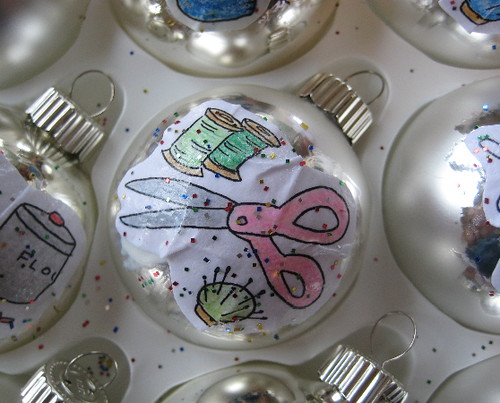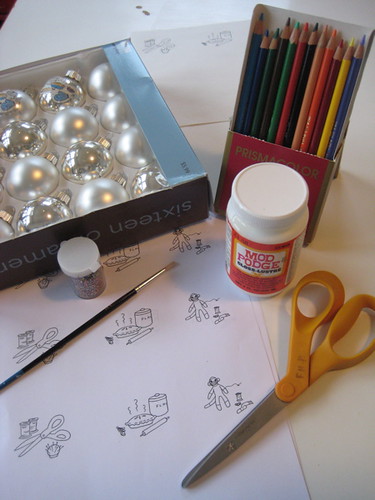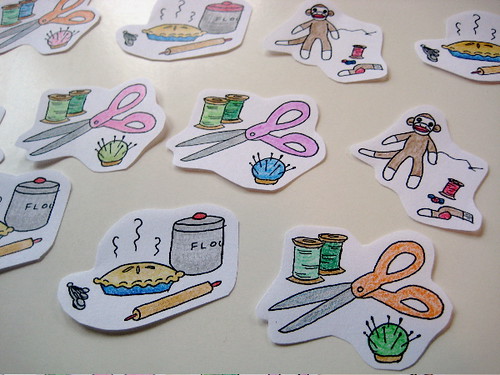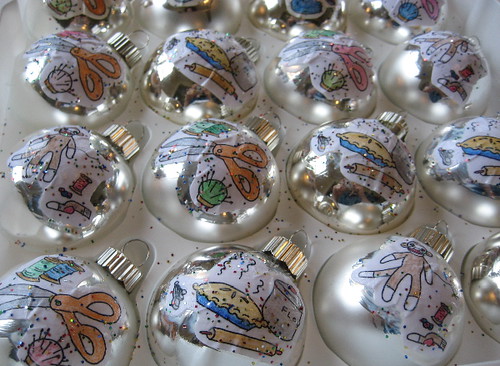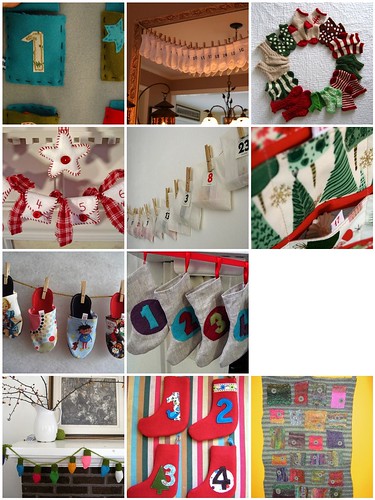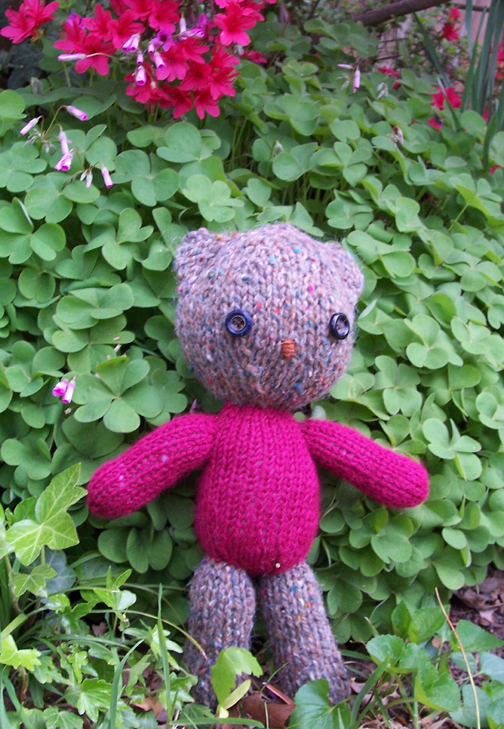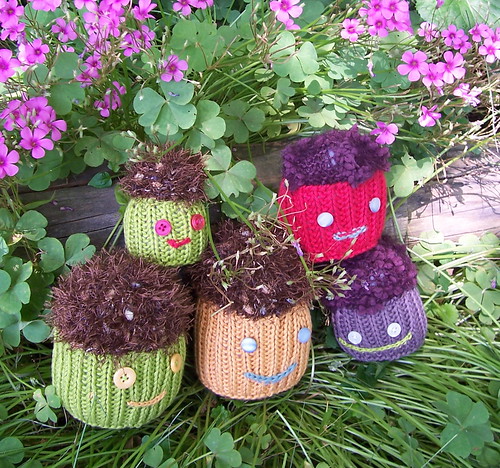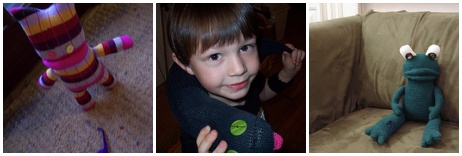
once my daughter was born, i knew better than to swear that i wasn't going to have ANY plastic toys in my house. but i did really want to keep from buying cheap plastic toys as much as possible. i was grateful for all the hand me down items that were given to us [which have since been handed down again]. and i scoured craigs list and freecyle and berkeley parents network for items that i thought we could use. [btw - berkeley parents network is a GREAT resource. it's full of information on parenting and tips on bay area businesses, etc. you have to be in the bay area to sign up for their lists, but anyone can browse the site for info. i wonder if other communities have similar networks set up? if you know of any leave the info in the comments?]

i was really happy to discover green toys . they are actually made in california [the state where i live] and are made from recycled plastic milk jugs. you can read more about the process here . the thing that i really like about green toys, though, is that they LOOK nice too. i have to admit that looks are important to me. especially since toys are going to get left lying around. i might as well find the objects strewn about my living room aesthetically pleasing to look at right?

i was able to find a shop locally that carried the toys so i went and checked them out in person. they look and FEEL nice. my daughter is still a bit young for most of their toys, but i definitely will be getting some for her in the future.
green toys has their own online shop, or here's a list of stores that also carries their stuff.

the other thing i found were these stainless steel drinking straws. my daughter has just discovered the joys of drinking from a straw. i happened to have a very old box of plastic straws around that we've been going through, but i really didn't want to have to buy a new box of straws. so wasteful. and i certainly didn't want to try and explain to an 18 month old that we couldn't use a straw because they were bad for the environment. nor did i want to try and find BPA free plastic straws [somehow the thought of trying to keep a plastic straw clean didn't really work for me]. but stainless? these i like! the only bummer was that i couldn't find any locally to buy, so i gave in and purchased some from amazon .
and so goes my recent adventures in green shopping for the little. not as cool or green as re-making bibs into handy wipes, but it's what i got !













